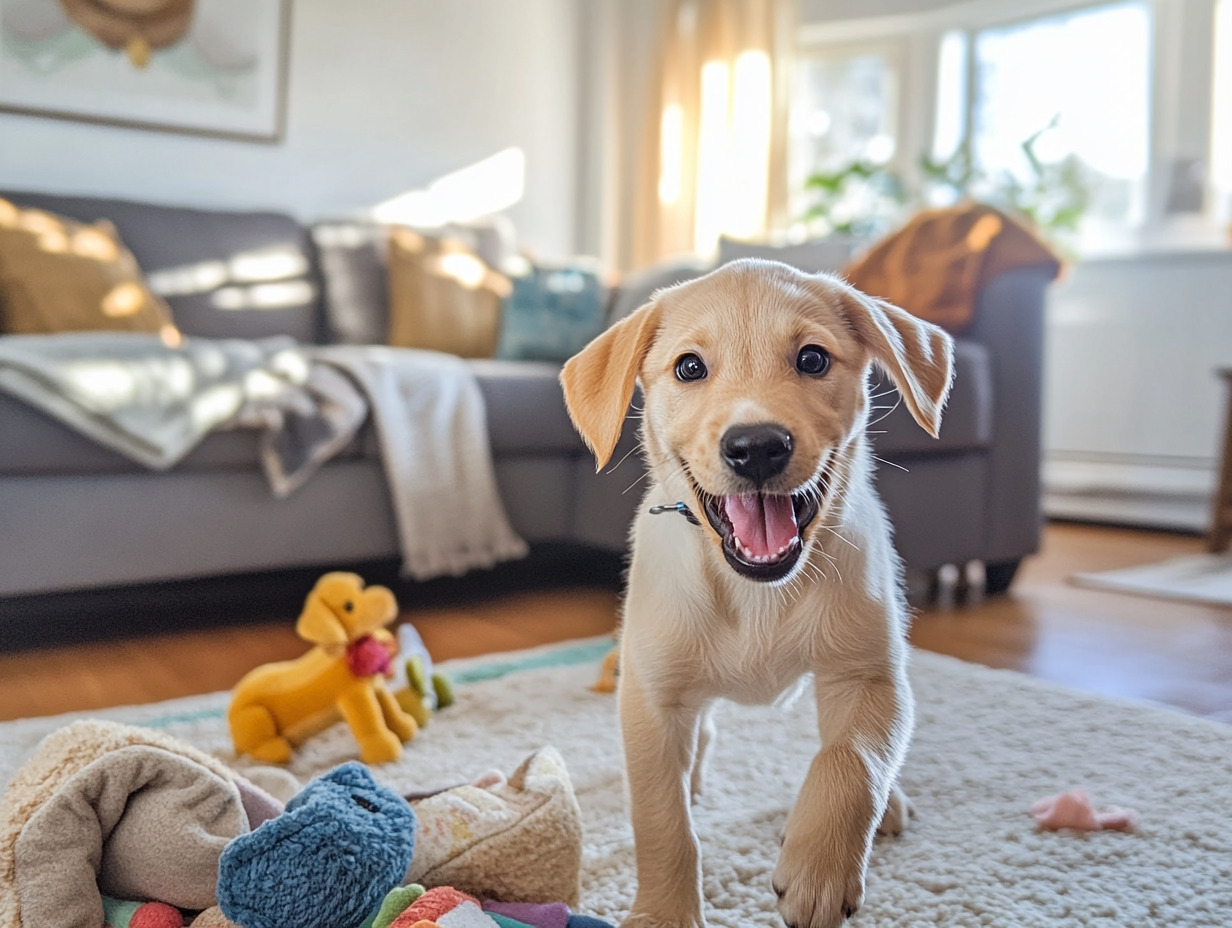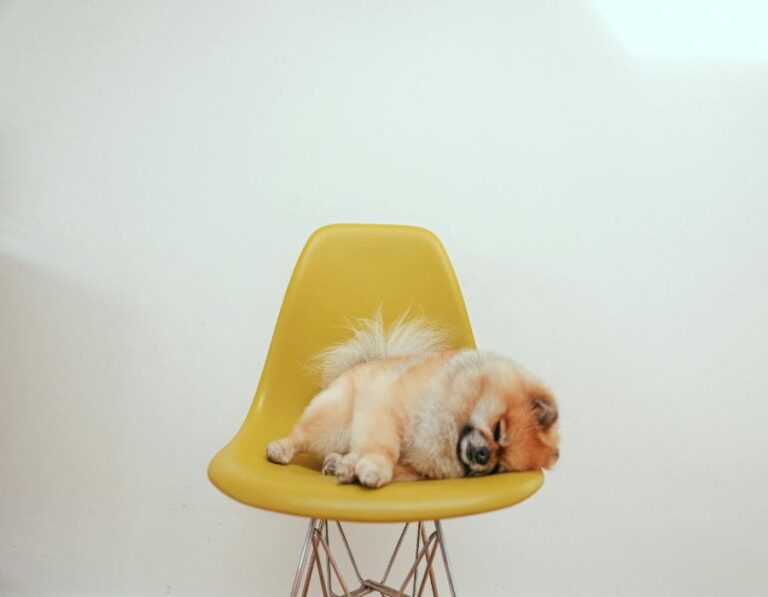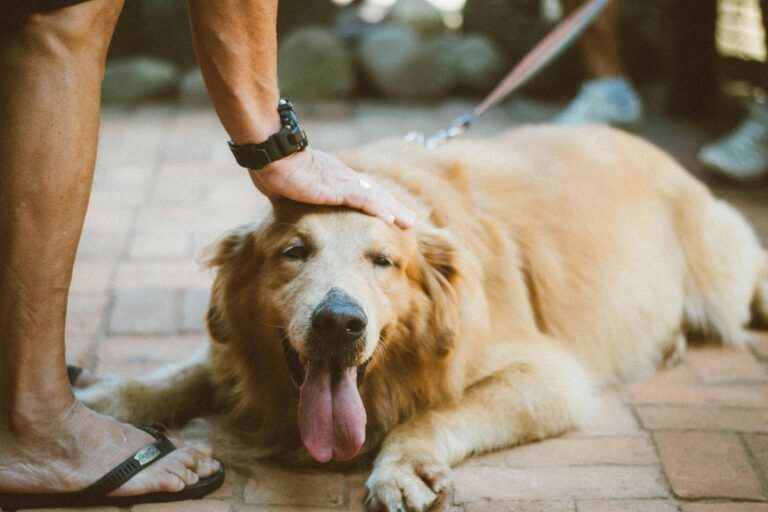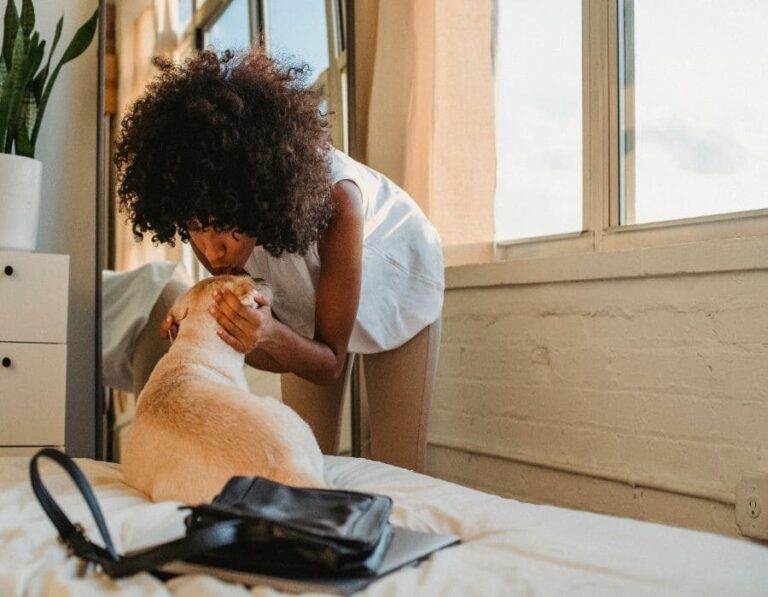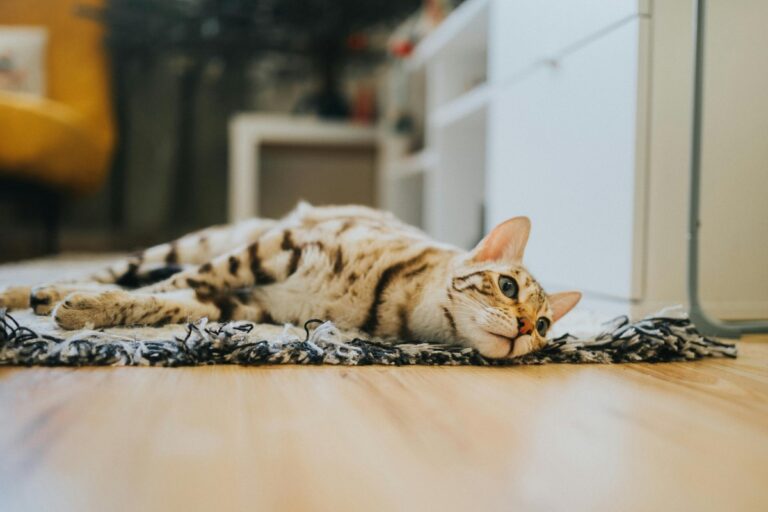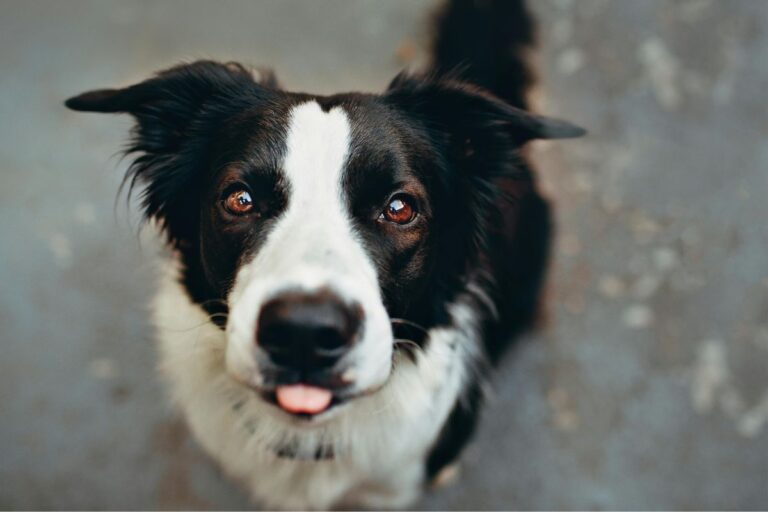8 Ways to Set Up Your Home for a New Puppy
Bringing a new puppy into your home is an exciting and joyful experience, but it also requires preparation and careful planning. Puppies need a safe, comfortable, and well-organized environment to feel secure and start their training on the right foot. Setting up your home for a new puppy involves creating spaces that promote their health, safety, and well-being. From choosing the right equipment to puppy-proofing your space, here are the best ways to set up your home for a new puppy.
1. Designate a Puppy-Only Area
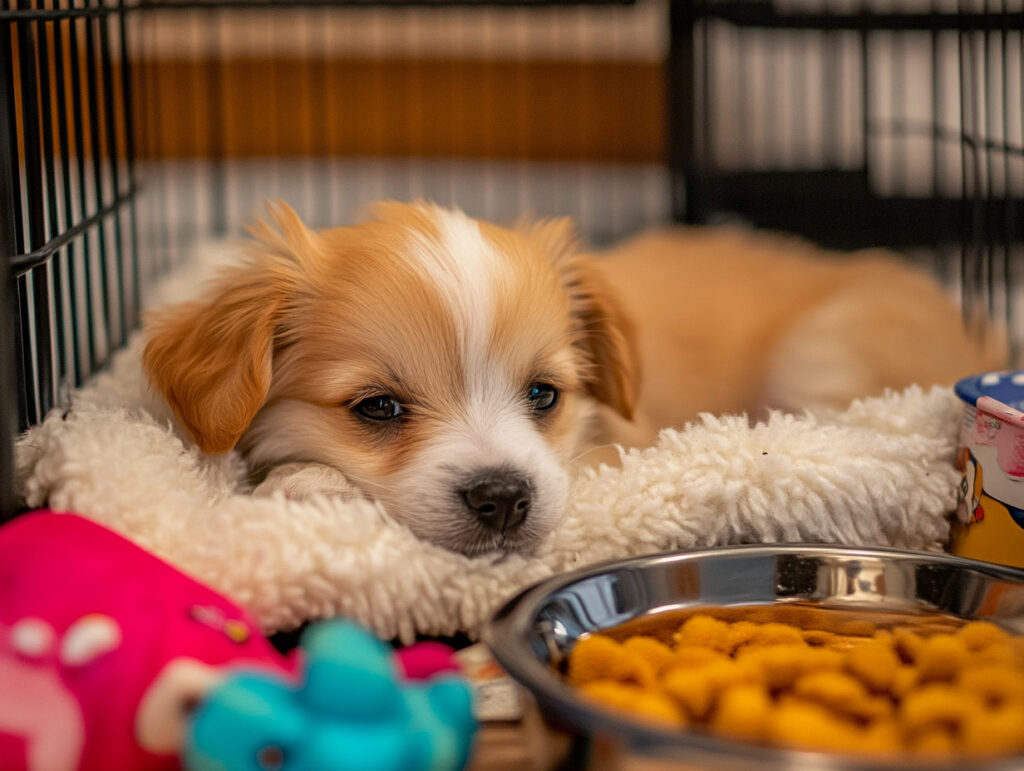
Before bringing your puppy home, it’s essential to designate a specific area where they can feel secure and comfortable. This area should be puppy-proofed and free from any hazards. A crate or playpen is ideal for providing your puppy with a safe space to rest, sleep, and adjust to their new environment. You can place their bed, food and water bowls, and a few toys in this area to make it their own.
A crate is an excellent tool for house training and providing a designated resting spot. Make sure the crate is large enough for your puppy to stand, turn around, and lie down comfortably. Avoid making it too big, as this can encourage them to use one corner as a bathroom. If you’re using a playpen, make sure it’s securely positioned and doesn’t allow access to dangerous areas.
2. Puppy-Proof Your Home
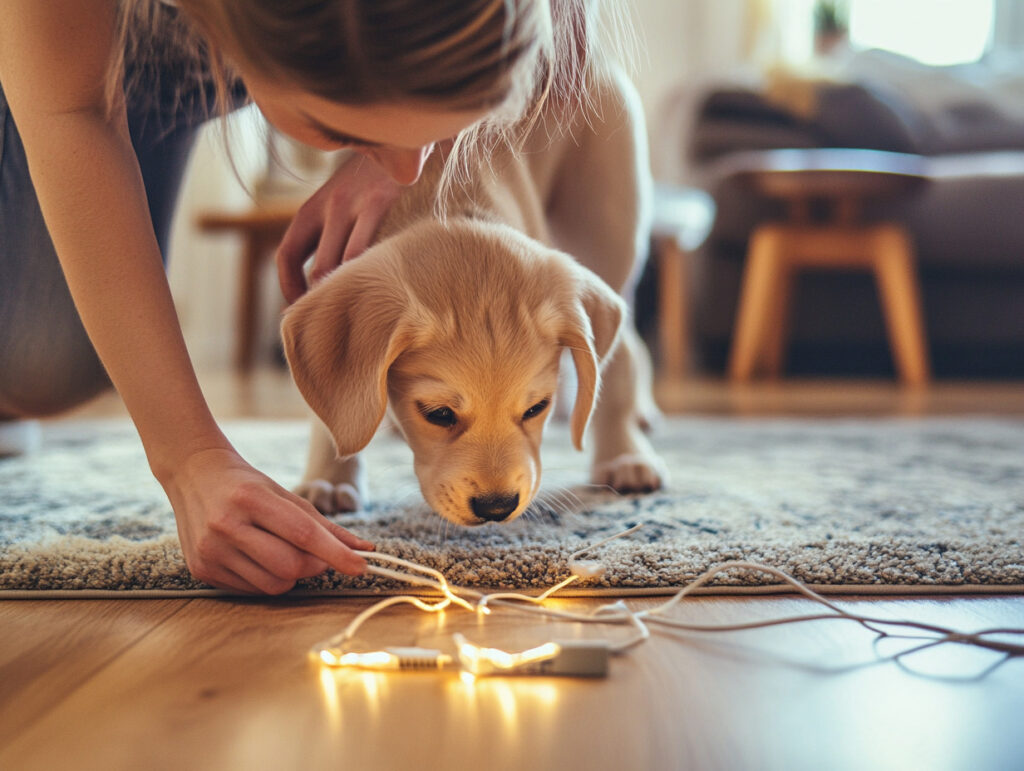
Much like baby-proofing, you need to puppy-proof your home to ensure your new companion stays safe. Puppies are naturally curious and tend to explore by chewing on things, so it’s important to keep dangerous items out of their reach.
- Electrical cords: Keep cords tucked away or use protective coverings to prevent your puppy from chewing on them.
- Toxic plants: Many common household plants are toxic to puppies, so ensure that plants like lilies, azaleas, or pothos are either removed or placed in areas where your puppy can’t reach them.
- Small objects: Remove any small, swallowable items, such as coins, hair ties, or shoes, that could pose a choking hazard.
- Cleaning supplies: Store cleaning supplies and chemicals in high cabinets or locked cabinets to prevent your puppy from ingesting harmful substances.
3. Create a Safe Sleeping Space
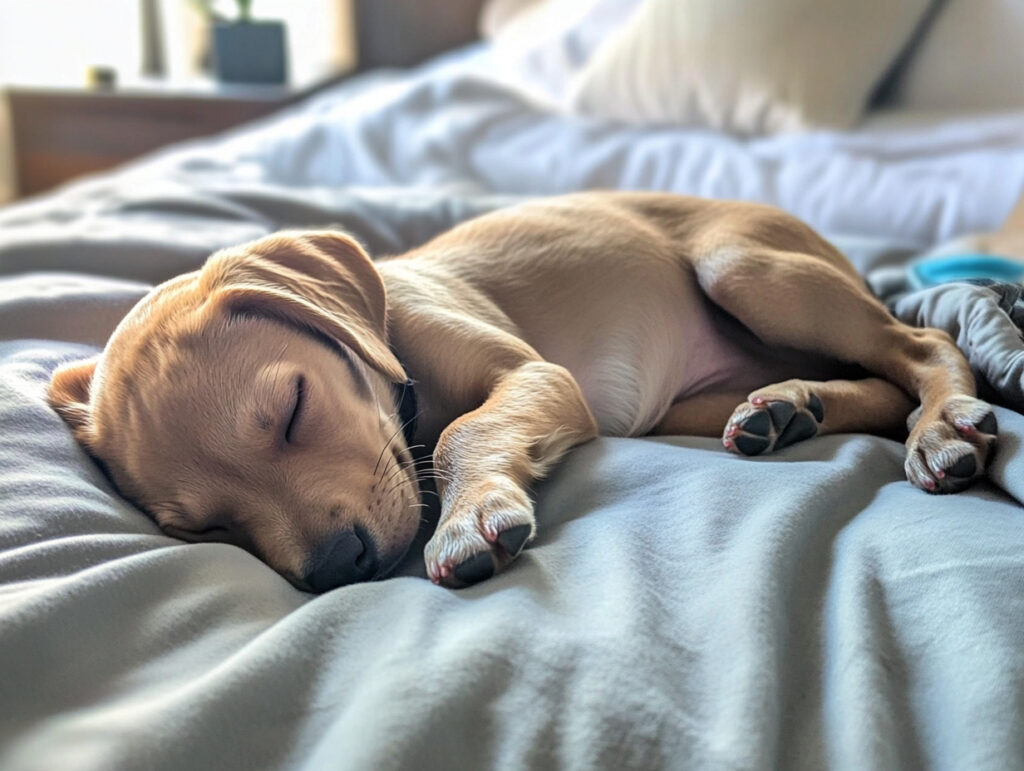
Your new puppy will need a cozy place to sleep and rest. Choose a quiet, comfortable sleeping area away from the hustle and bustle of your home. A soft bed or a blanket can make the area inviting and comfortable for your puppy to rest after playtime or training.
- Consider placing their bed near your own at first to help with the transition. Many puppies feel comforted by the presence of their owners and will sleep better when close by.
- Avoid placing your puppy’s bed in a high-traffic area where they may be disturbed.
- Use a crate for nighttime sleep. A crate offers a sense of security and helps with house training by limiting access to other areas during the night.
4. Set Up a Potty Area
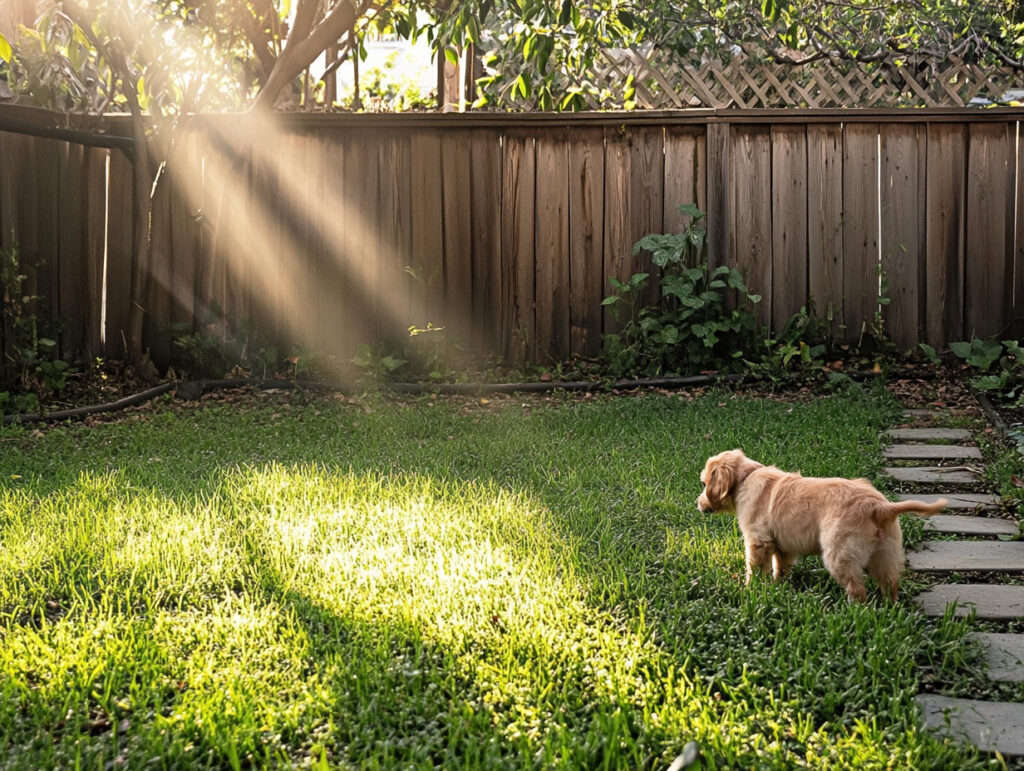
One of the first things to address when bringing a puppy home is potty training. Designating a specific area for your puppy to use as their bathroom is essential. If you have a backyard, create a designated potty spot and take your puppy there consistently to help them associate the area with bathroom time.
- If you don’t have access to an outdoor space, consider using puppy pads or setting up a litter box for your puppy, depending on their size and breed.
- Be consistent and take your puppy outside (or to their designated potty area) every 30 minutes to an hour during the early stages of potty training, especially after meals or naps.
5. Gather Puppy Supplies
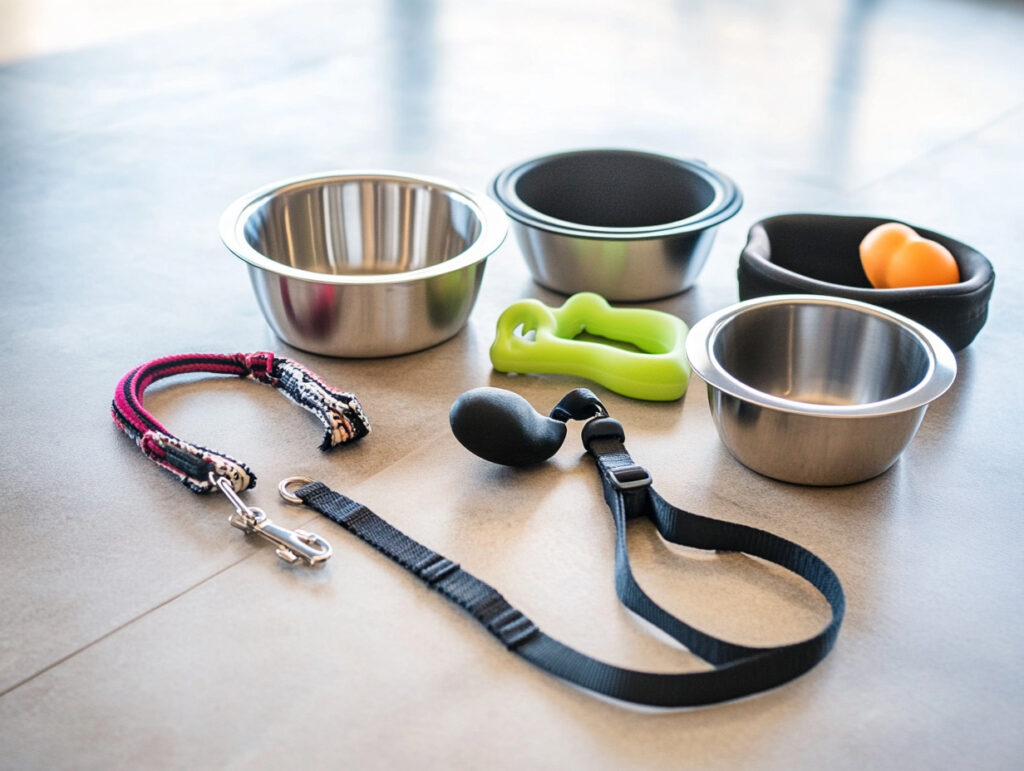
Before bringing your puppy home, make sure you have all the necessary supplies to meet their needs. This includes basic essentials for feeding, grooming, and training.
- Food and water bowls: Stainless steel or ceramic bowls are the best options for keeping food and water clean.
- Puppy food: Choose a high-quality puppy food that meets their nutritional needs. Consult your vet for recommendations based on your puppy’s breed and size.
- Toys: Provide a variety of safe, chew-friendly toys to keep your puppy entertained and to help with teething. Rope toys, rubber chew toys, and interactive toys work well.
- Leash and collar: Your puppy will need a comfortable collar and leash for walks and training.
- Grooming tools: Depending on your puppy’s coat type, you may need brushes, nail clippers, and shampoo suitable for puppies.
6. Establish a Routine
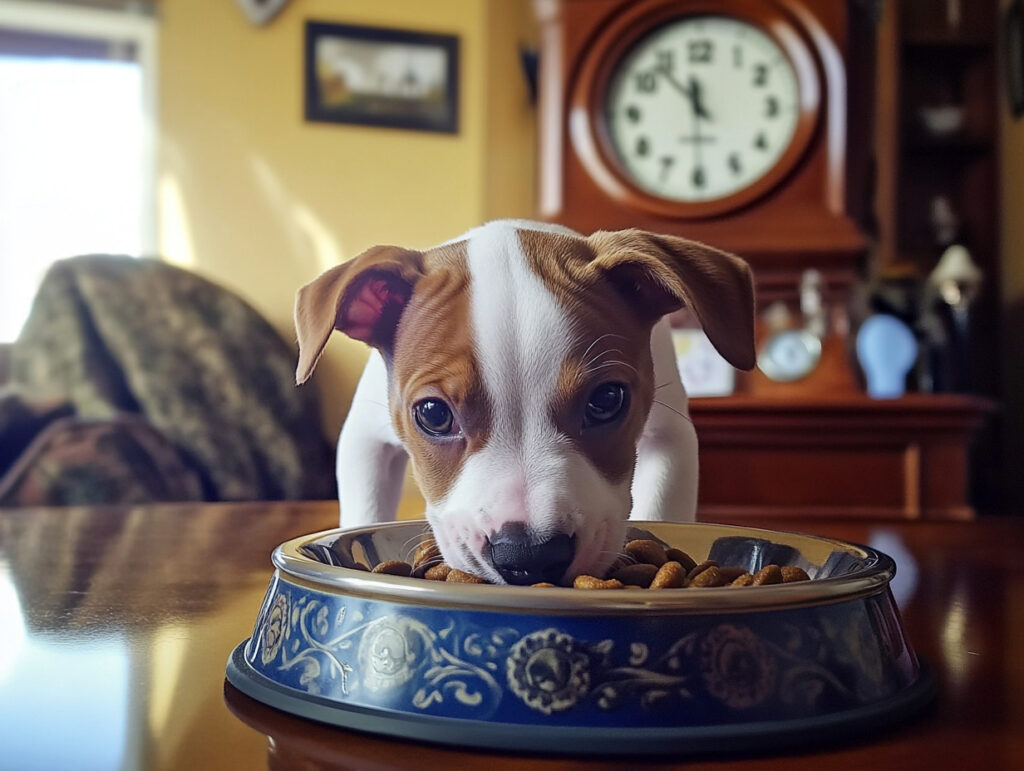
Dogs thrive on routine, and puppies are no exception. Establishing a consistent routine for feeding, potty breaks, exercise, and training will help your puppy feel secure and understand expectations.
- Feeding schedule: Feed your puppy at the same time every day to help regulate their digestion and establish a routine.
- Potty schedule: Take your puppy outside for bathroom breaks first thing in the morning, after meals, and before bedtime.
- Training sessions: Incorporate short, consistent training sessions into your daily routine to teach basic commands like “sit,” “stay,” and “come.” Keep sessions fun and positive.
7. Introduce Your Puppy to Other Pets Gradually
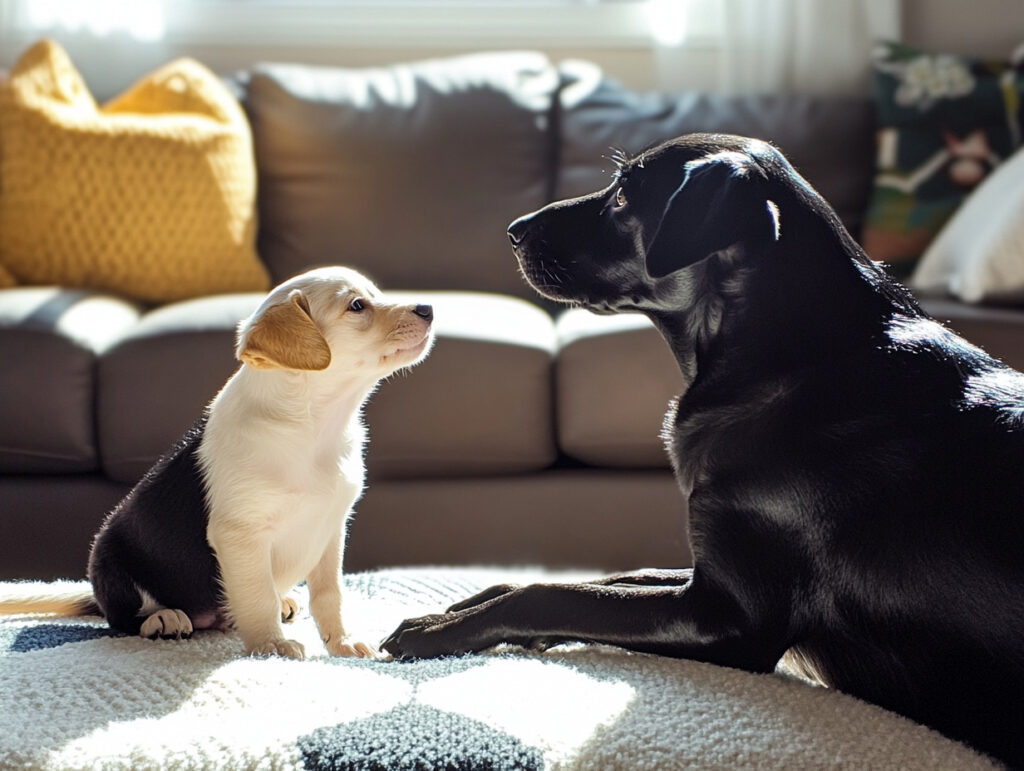
If you have other pets in the home, it’s important to introduce them to your new puppy in a controlled and gradual manner. Introduce the animals slowly to ensure they are comfortable with each other.
- Keep the initial introductions calm and supervised. Use a leash to control the puppy’s movements and allow the other pets to approach at their own pace.
- Ensure your other pets have a safe space to retreat if they need some time alone to adjust to the new puppy.
8. Puppy-Proof Your Yard (if applicable)
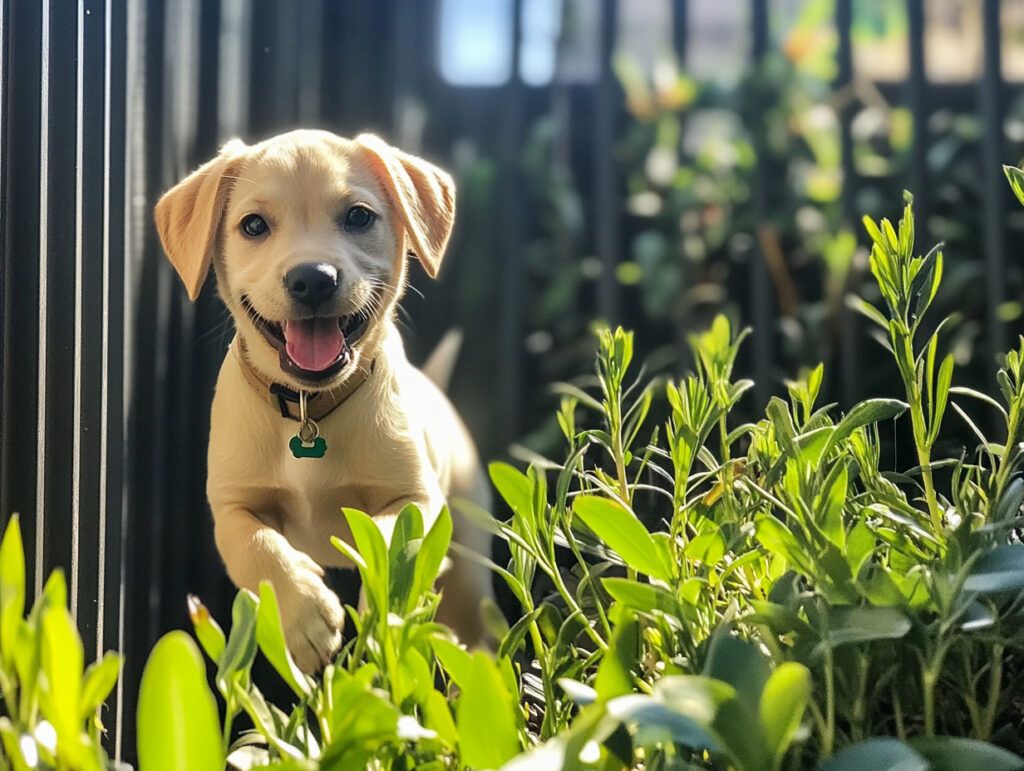
If your puppy will have access to a yard, make sure it is securely fenced and free from hazards. Puppies are excellent at squeezing through small openings, so check for gaps or weaknesses in your fence.
- Ensure the gate is secure and cannot be easily pushed open by your puppy.
- Remove any toxic plants, chemicals, or objects in the yard that could pose a risk to your puppy.
- Keep an eye on your puppy when they are outdoors, especially during the early stages of exploration.
Final Thoughts: Preparing for Puppy Parenthood
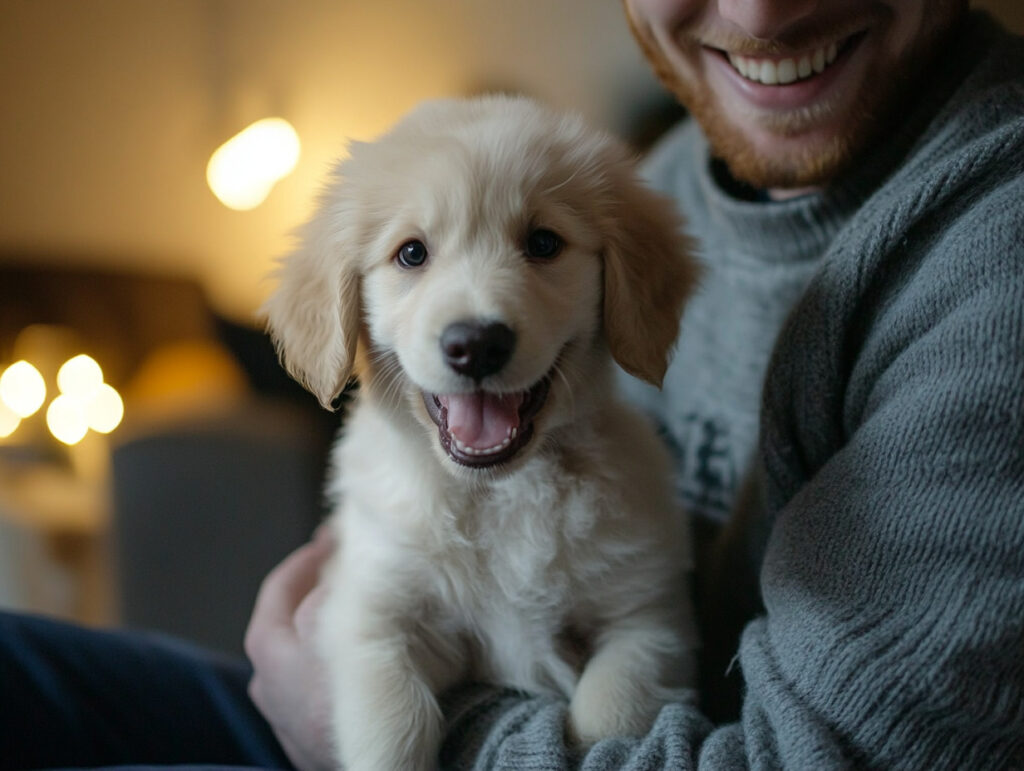
Setting up your home for a new puppy is an exciting and rewarding experience. By creating a safe, comfortable space, gathering the necessary supplies, and establishing a consistent routine, you can help your new puppy adjust to their new home with ease. Puppies require a lot of attention, patience, and care during their first few months, but with proper preparation, you’ll be ready to welcome your new furry family member into your life. With the right environment and support, your puppy will grow into a happy, well-adjusted adult dog.

